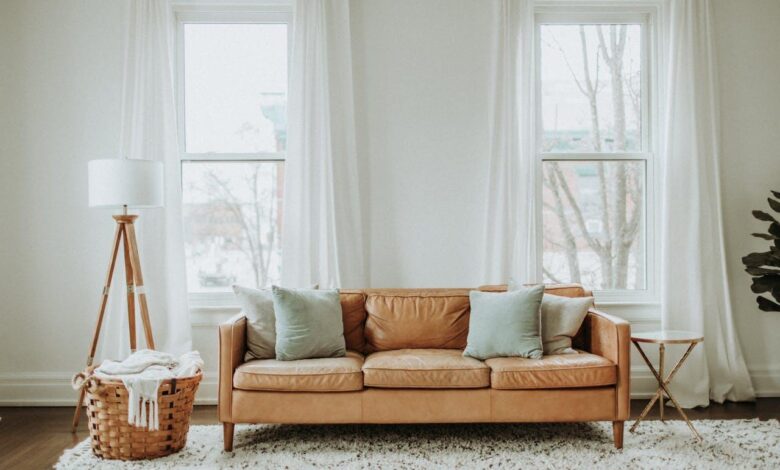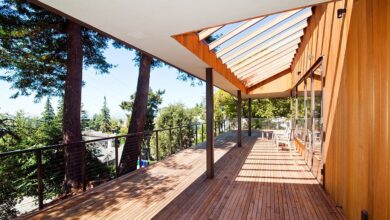6 Tips for Creating Breathable Spaces At Home for All Seasons

Creating a home that feels like a sanctuary is a universal aspiration. A place where we can unwind, feel rejuvenated, and breathe with ease is integral to our well-being, yet many homes struggle to provide this basic comfort due to poor air quality and ventilation.
With these six tips, you can transform your living space into an oasis of breathable freshness, no matter the season.
Proper Ventilation
Ventilation is the heartbeat of breathable living spaces. Circulating fresh air is key to removing stale air and airborne pollutants like dust and mold spores. Open windows and strategically placed fans can work wonders, but for a more controlled approach, consider installing a whole-house ventilation system.
These can either work with your heating and cooling system or independently and are designed to bring in fresh air without compromising energy efficiency.
Indoor Plants
Indoor plants serve a dual purpose in creating breathable spaces. Not only do they introduce oxygen into your home through the process of photosynthesis, but they also act as natural air purifiers by absorbing toxins.
Spider plants, peace lilies, and snake plants are just a few examples of houseplants that are known for their air-purifying properties. What’s more, they can be aesthetically pleasing additions to any room, bringing a touch of nature that contributes to a serene, breathable ambiance.
An Upgraded Air Conditioning System
In extreme temperatures, an efficient air conditioning system plays a critical role in creating a comfortable home. However, not all HVAC systems are created equal. A system that is outdated or poorly maintained can lead to issues with air quality and insufficient temperature control.
If it’s been a while since your last system check, consider investing in an upgrade. New and energy-efficient air conditioners not only provide better air circulation and quality but also contribute significantly to energy savings.
Natural Fabrics and Materials
The furnishings and materials you choose can have a significant impact on the ‘breathability’ of a room. Natural materials such as cotton, linen, and wool allow for better air circulation and are more comfortable against the skin.
When it comes to larger pieces of furniture, opt for upholstery that lets air pass through, like cane or open-weave wicker, rather than dense, non-breathable materials. Pay attention to your bedding and curtains as well; they should be washed regularly to keep them free from allergens and to maintain their breathability.
Humidity Control
An often overlooked aspect of breathable living spaces is humidity. Too much or too little humidity can make the air feel heavy and can lead to issues like mold growth and dry, irritated skin. It’s important to strike a balance by using dehumidifiers in damp areas and humidifiers in drier climates. Consider investing in proper heater installation.
Central air systems often come with humidification or dehumidification features that can maintain an optimal level of moisture in the air throughout the year.
Color and Light
The visual appeal of light and bright colors in a room is a remarkable way to create the illusion of spaciousness and airiness. Bold, darker shades can absorb light and close in a room, making it feel more confined and less breathable.
In contrast, light colors reflect natural and artificial light, making the space feel more open and welcoming. Additionally, maximizing natural light sources by using sheer or light-filtering window treatments further enhances the livability of a space.



